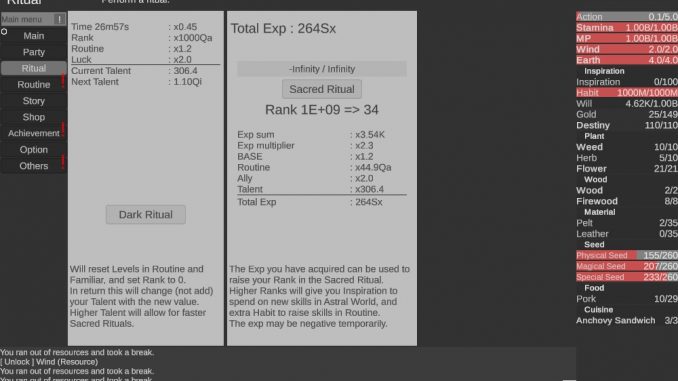



part of the Global Network of Isotopes in Precipitation (GNIP)) is given as 1075 mm for the period 1963–2009 9, with 82% (882 mm yr −1) and only 1% (12 mm yr −1) occurring in the core winter months (when shoulder months are included, this rises to 99%) and summer, respectively. Mean precipitation for the Antalya Station (36★2’ N, 30☄2’ E, 49 m a.s.l. The modern climate above the cave is typical Mediterranean characterized by dry/hot summers (June-August) and wet/mild winters (December-February), with mean summer (winter) air temperature values of 27 ☌ n = 135 (10 ☌ n = 140) 9. The annual mean temperature inside the cave ranges between 18–19 ☌ with a humidity level of about 90% throughout the year. The cave is 360 m long, 10–15 m wide and high and is formed in late Palaeozoic crystalline limestone along a NW-SE trending fault (Fig. Figs 1b and S1a online) of the Central Taurus Mountains and is situated ~6 km from the Mediterranean coast of S-SW Turkey ( Fig. The Dim (or locally known as Gavurini) Cave (36☃2’N, 32☀6’E, 232 m a.s.l.) is located on the western flank of Cebel Reis Mountain (1691 m a.s.l. The main focus of the paper is on stalagmite Dim-E3 (~90–13 kyr) but Dim-E2 and Dim-E4 are being reported also so as to provide additional detail during the last deglaciation between 15–10 kyr (Table S1 online). Here we present new δ 18O and δ 13C profiles for three U-series-dated stalagmites (Dim-E2, Dim-E3 and Dim-E4) from Dim Cave in southwestern Turkey ( Fig. In contrast, coastal western Turkey has a true Mediterranean climate and is an ideal location to investigate long-term changes in the behaviour of the Northern Hemisphere (NH) winter westerlies and the summer anti-cyclone. This region has a climate that is modified by the Black Sea and northerly air flows 5, 6, 7 unlike the rest of the EM. The longest (50-kyr-long) and best dated terrestrial climate record from the northern EM comes from Sofular Cave (41°N) situated in the northwest Black Sea region of Turkey ( Fig. There is a paucity of records from further north. They may be subject to more tropical influences and have, in the main, being exploited for the interglacial portion of their records. These records are derived from the semi-arid southernmost part of the EM. To date, high resolution (up to 250 kyrs 1, 2, 3, 4 long) speleothem records have come from Soreq (~31°N) and Peqiin (~33°N) caves in Israel. Understanding the climate history of the Eastern Mediterranean (EM) region is of global significance because it lies on the boundary between two major climate regimes, the northern hemisphere westerlies and the sub-tropical anticyclonic belt and the region has the potential to unlock long-term changes in the track and strength of the westerlies and the intensity of the summer anti-cyclone. Several Heinrich events are recorded in the Dim record indicating intensification of westerly flow across this part of the EM. δ 13C values are significantly more negative in interglacials reflecting active carbonic acid production in the soil and less negative in glacial times reflecting carbonate rock values. Changes in δ 13C are interpreted as reflecting soil organic matter composition and/or thickness. The southward displacement of the westerly track reflects growth of the Fennoscandian ice sheet and its impact on westerly wind fields. These are along a northerly (European) track (isotopically less depleted) during the early last glaciation but are gradually depressed southward closer to the modern westerly track along the North African coast (more depleted) after c.50 kyr and remain in the southern track through the Last Glacial Maximum. The glacial-interglacial δ 18O variations in the Dim Cave speleothem are best explained in terms of changes in the trajectories of winter westerly air masses. Here we present an 80-kyr-long precisely-dated (by U-series) and high-resolution oxygen (δ 18O) and carbon (δ 13C) records from Dim Cave (~36°N) in SW Turkey. The Eastern Mediterranean is one such region. Speleothem-based stable isotope records are valuable in sub-humid and semi-arid settings where many other terrestrial climate proxies are fragmentary.


 0 kommentar(er)
0 kommentar(er)
